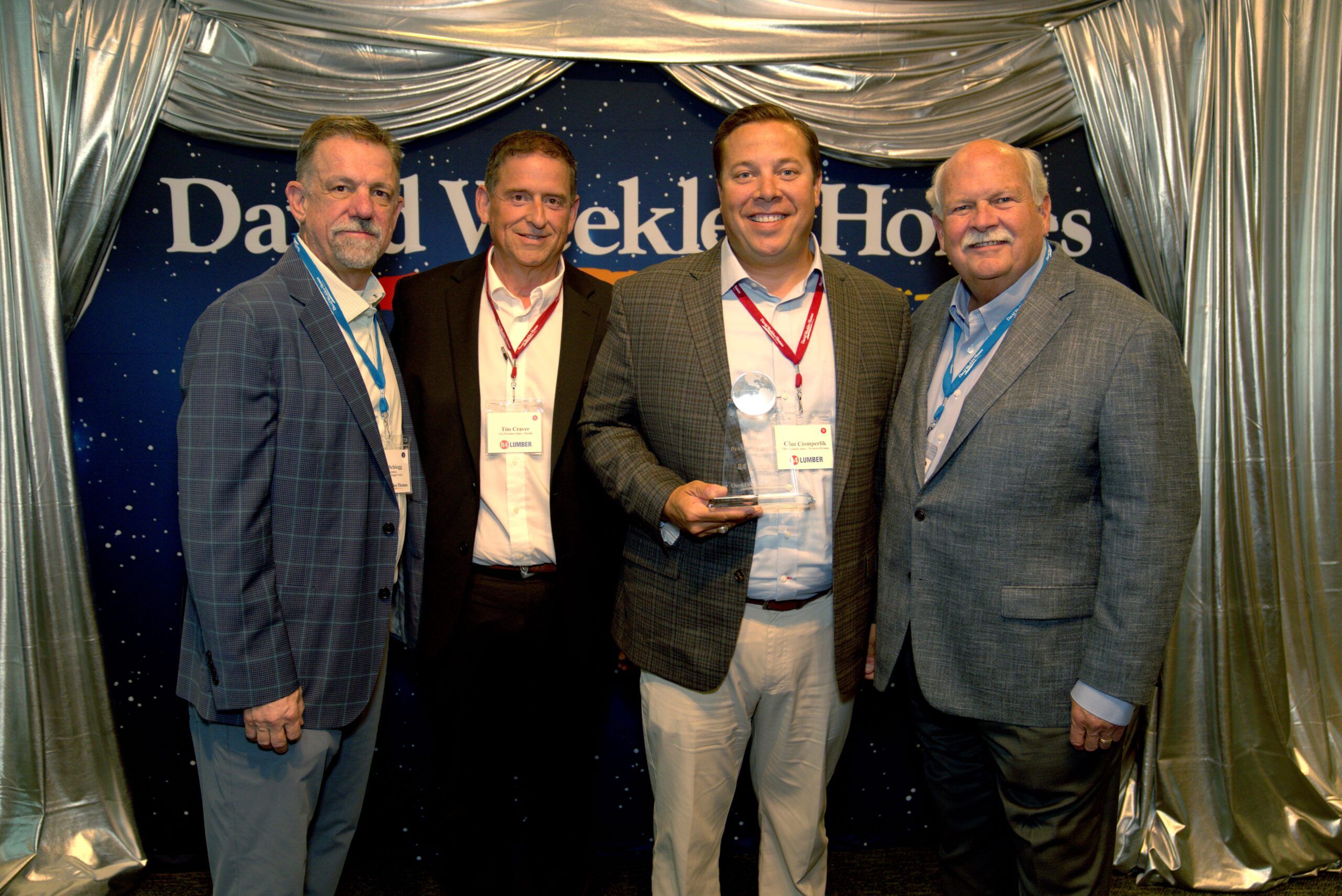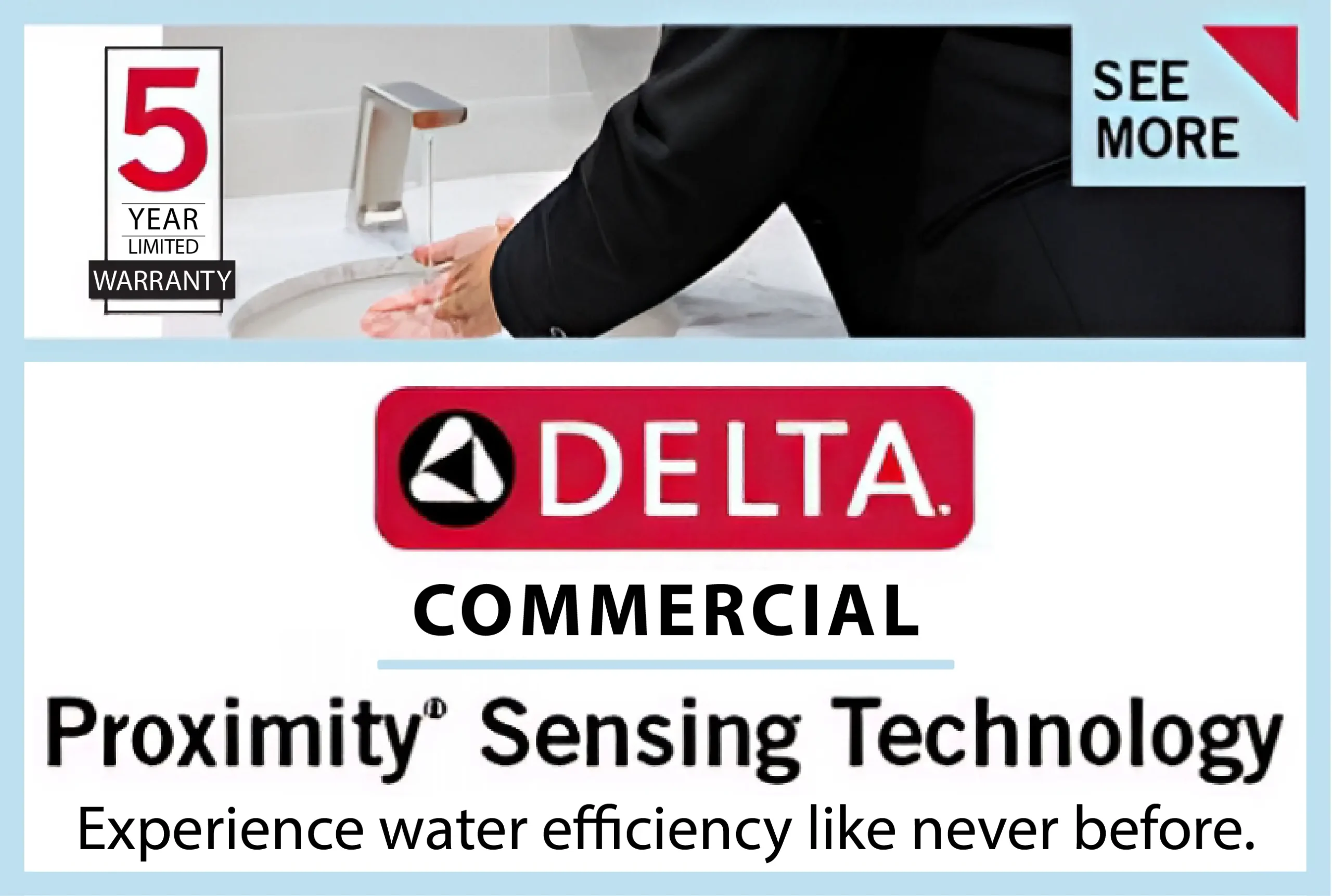In the fast-paced world of commercial construction and renovation, facility managers often underestimate the critical importance of timely commercial garage door repair services until operations grind to a halt. The ripple effects of delayed emergency commercial garage door repair can impact everything from supply chain efficiency to climate control costs, making proactive maintenance not just a facility recommendation but a business imperative. Through strategic planning and regular assessment, commercial properties can avoid the costly downtime that so often accompanies these essential but overlooked building components.
The Hidden Cost Calculator: When Downtime Exceeds Repair Expenses
The arithmetic of commercial garage door maintenance involves calculations far beyond the invoice for replacement parts. Consider the warehouse that processes 75 shipments daily through its loading bays. Each hour of inoperability doesn’t just represent delayed shipments but can trigger contractual penalties, overtime labor costs, and even product spoilage for climate-sensitive materials.
“We’ve seen clients lose more in four hours of downtime than they would have spent on three years of preventative maintenance,” notes a veteran maintenance director who oversees facilities for a major retail distribution network. “It’s like refusing to change the oil in your delivery fleet and then being surprised when engines start failing during peak season.”
This perspective shift from viewing door maintenance as an expense to recognizing it as operational insurance represents the first step in developing a truly effective facility management strategy.
Components Under Pressure: Understanding the Stress Points
Commercial garage doors operate under fundamentally different conditions than their residential counterparts, with some high-traffic facilities cycling their doors more than 100 times daily. This operational intensity creates unique wear patterns that facility managers must learn to recognize before they develop into full system failures.
Spring Systems: The Muscle Behind the Movement
The torsion springs that counter-balance commercial doors undergo tremendous stress with each operation. Unlike residential systems designed for limited daily use, commercial springs operate closer to their engineering limits on a continual basis.
Smart maintenance programs include:
- Lubrication schedules tailored to environmental conditions
- Regular tension assessments to identify fatigue before failure
- Visual inspections for early corrosion indicators
- Cycle count monitoring to anticipate replacement intervals
Track Alignment: The Invisible Efficiency Factor
Even minimal misalignment in door tracks compounds with each operation, creating escalating stress on rollers, panels, and operators. This domino effect of wear means small adjustments can prevent major failures.
Facility managers should implement quarterly alignment checks using simple laser tools that can identify deviations invisible to the naked eye. This approach catches issues when they require minor adjustments rather than complete system overhauls.
The Technology Integration Opportunity
Modern commercial garage door systems increasingly incorporate smart technologies that provide both operational advantages and maintenance intelligence. These innovations represent opportunities for facility managers to transition from reactive to predictive maintenance models.
Remote Monitoring Systems
Today’s advanced door systems can track:
- Operation cycle counts
- Motor temperature trends
- Opening and closing speed variations
- Unusual vibration patterns
When integrated with facility management software, these monitoring systems can trigger maintenance alerts based on actual usage rather than arbitrary calendar schedules, optimizing both maintenance expenses and system reliability.
Energy Efficiency Upgrades
Retrofitting existing commercial garage doors with improved sealing systems and insulation doesn’t just reduce energy costs—it often improves operational reliability by reducing the strain on opening mechanisms. This creates the rare scenario where sustainability improvements and maintenance enhancements align perfectly.
The Security Dimension: Beyond Operational Concerns
In today’s complex facility management landscape, commercial garage doors serve as critical security boundaries. Malfunctioning doors create vulnerabilities that extend beyond operational concerns into liability and insurance territory.
Regular security audits should evaluate:
- Closing verification systems
- Manual override integrity
- Integration with building security protocols
- After-hours access controls
These security-focused evaluations often identify maintenance needs that might otherwise go unnoticed until failure occurs, providing dual benefits for facility managers concerned with both operational continuity and building security.
Building the Right Service Relationship
The relationship between facility managers and their commercial garage door service providers should resemble the partnership between construction managers and key subcontractors rather than the transactional model of emergency repair services.
Effective service partnerships include:
- Documented facility-specific maintenance protocols
- Customized parts inventory management
- Emergency response time guarantees
- Regular system optimization consultations
“Finding a reliable service partner for commercial door systems is like securing a good concrete contractor,” explains a construction manager with over two decades in retail development. “You need someone who understands not just the technical aspects but also your operational constraints and budget realities.”
Renovation Considerations: The Upgrade Decision Matrix
When managing aging commercial properties, facility directors inevitably face the repair-versus-replace decision for garage door systems. This evaluation extends beyond simple cost comparisons into operational impact analysis.
Consider creating a decision matrix that weighs:
- Current maintenance frequency against industry benchmarks
- Energy efficiency improvements from replacement
- Operational speed enhancements of newer systems
- Integration capabilities with modern facility management platforms
This systematic approach helps justify capital expenditure requests while ensuring that replacement decisions align with broader facility modernization strategies.
Conclusion: The Preventative Paradigm
The most successful commercial facility managers have shifted their approach to garage door systems from reactive repair to strategic asset management. By understanding the operational importance of these systems, implementing structured maintenance protocols, and building effective service partnerships, they transform potential points of failure into reliable components of their building infrastructure.
This preventative paradigm doesn’t just reduce emergency repair expenses—it enhances operational reliability, improves energy efficiency, and extends system longevity, creating cascading benefits that impact the entire facility management program.











